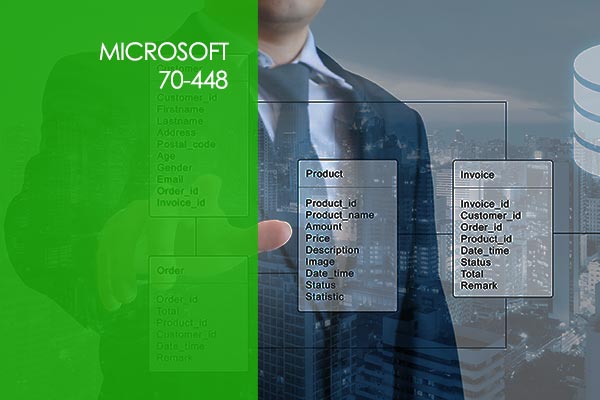CompTIA Advanced Security Practitioner (CASP) CAS-003
Module 1 – Risk Management
Intro CASP
CASP Introduction
Mod 1.1 Exploring Cloud Services Act
Mod 1.1 Acquisition Merger Demerger
Mod 1.1 Acquisition Merger Demerger Part2
Mod 1.2 Compare and Contrast
Mod 1.3 Given Scenario Execute Risk
Mod 1.3 Given Scenario Execute Risk Part2
Mod 1.3 Continuing Terminology IT Governance
Mod 1.4 Analyze Security Solution Metrics and Attributes
Mod 1.4 Analyze Risk
Mod 1.4 Trend Analysis Act
Module 2 – Enterprise Security Architecture
Mod 2 Enterprise Security Architecture
Mod 2.1 Network Device Security Act
Mod 2.1 Application and Protocol
Mod 2.1 Advanced Network Security Act
Mod 2.1 Complex Network Security Solution
Mod 2.1 Implementing VLANs Switchport Sec Act
Mod 2.1 Implementing VLANs Switchport Sec Act Part2
Mod 2.1 Distributed Denial of Service
Mod 2.1 Exploring DoS Attacks Act
Mod 2.1 Security Zones
Mod 2.1 Network Access Control
Mod 2.1 Searching for Vulnerablie ICS-SCADA Act
Mod 2.2 Analyze a Scenario Integrate Security
Mod 2.2 Configuring Windows Firewall Act
Mod 2.2 Log Monitoring and Auditing
Mod 2.2 Group Policy Act
Mod 2.2 Patch Management
Mod 2.2 Management Interface
Mod 2.2 Measured Launch
Mod 2.3 Analyze a Scenario to Integrate Security Controls
Mod 2.3 Security Implications Privacy
Mod 2.3 Baseband
Mod 2.4 Given Software Vulnerabilty Scenarios
Mod 2.4 SQL Injection Act
Mod 2.4 Improper Error and Exception Handling
Mod 2.4 Buffer Overflows Act
Mod 2.4 Memory Leaks
Mod 2.4 Researching Vulnerabilities Exploits Act
Module 3 – Enterprise Security Operations
Mod 3 Enterprise Security Operations
Mod 3 Runtime Debugging
Mod 3.1 Fingerprinting an OS Services Act
Mod 3.1 Code Review
Mod 3.1 Conducting OSINT Act
Mod 3.1 Types
Mod 3.1 Conducting a Vulnerability Assessment Act
Mod 3.2 Analyze a Scenario Output
Mod 3.2 Network Sniffing Act
Mod 3.2 Security Content Automation
Mod 3.2 Using a SCAP Scanner Act
Mod 3.2 Network Enumerator
Mod 3.2 Password Cracking Act
Mod 3.2 Host Vulnerability Scanner
Mod 3.2 Using Command Line Tools Act
Mod 3.2 OpenSSL
Mod 3.2 Scanning for Heartbleed Act
Mod 3.2 Local Exploitation Tools
Mod 3.2 Verifying File Integrity with SFC Act
Mod 3.2 Log Analysis Tools
Mod 3.3 Given Scenario Implement Incident
Mod 3.3 Facilitate Incident Detection Response
Mod 3.3 Using Incident Response Support Tools Act
Mod 3.3 Severity of Incident Detection Breach
Module 4 – Technical Integration of Enterprise Security
Mod 4 Technical Integration of Enterprise
Mod 4 Technical Integration of Enterprise Part2
Mod 4.1 DataSecurity Considerations
Mod 4.1 Examing Network Diagrams Act
Mod 4.1 Security and Privacy Considerations of Storage integration
Mod 4.1 Exploring Directory Services and DNS Act
Mod 4.2 Given Scenario Integrate Cloud and Virtualization
Mod 4.2 Taking Another Look at Cloud Services Act
Mod 4.2 Security Advantages and Disadvanatges of Virtualization
Mod 4.2 Using Virtualization Act
Mod 4.2 Cloud Augmented Security
Mod 4.3 Given Scenario Integrate and Troubleshoot Advanced Authentication
Mod 4.4 Given Scenario Cryptographic
Mod 4.4 Cryptographic Part2
Mod 4.4 Mobile Device Encryption
Mod 4.4 Cryptography Act
Mod 4.5 Select the Appropriate Control
Mod 4.5 Phising Act
Mod 4.5 Telephony VoIP Integration
Module 5 – Research, Development and Collaboration
Mod 5 Research Methods to Determine Industry Trends
Mod 5.1 Practicing Threat Intelligence Act
Mod 5.2 Scenario Implememt Security Activities Across
Mod 5.2 Static Testing
Mod 5.3 Explain the Importance of Interaction
CASP Conclusion
There are no items in the curriculum yet.








